#california
Junkyard Find: 1959 Renault Dauphine
French cars have been junkyard rarities in North America for decades now, which is an ongoing disappointment for those of us who enjoy poring over machinery that ranges from fascinating to baffling in our local Ewe Pullets. I discovered a Mexican-market '06 Peugeot 407 in a Denver boneyard, earlier this year, and thought years would pass before the next time I'd hear the ghosts of André Citroën, Louis Renault, and Armand Peugeot singing La Marseillaise over a car graveyard.
Pedestrian Trapped Under Cruise Vehicle in San Francisco
On Monday, a pedestrian ended up being trapped beneath an autonomous test vehicle owned by Cruise. The incident took place in San Francisco (Fifth Avenue just south of Market Street) and has already become the subject of some rampant speculation as the company hopes to avoid another public relations nightmare.
Cruise quickly put out a series of statements via Twitter (now X) claiming the pedestrian was actually tossed in front of their robotaxi after being struck by a hit-and-run vehicle that was traveling in the accompanying lane. While the investigation is technically ongoing, numerous media outlets have run with the premise after having seen the on-board footage.
Junkyard Find: 1975 Volkswagen Rabbit 4-Door
From the time of the first KdF-Wagens until distressingly deep into the 1970s, Volkswagens had air-cooled engines in back and rode on goofy 1930s chassis designs. Finally, the Audi 80-based Dasher showed up here as a 1974 model, but it wasn't until the following model year that the first true water-cooled VW went on sale in North America.
Gas War: U.S. House Suggests Ending California Emissions Authority, White House Says Nope
On Tuesday, the White House voiced its opposition to a Republican bill scheduled to be voted on by the U.S. House of Representatives that would prevent California from receiving federal waivers to set standards limiting the sale of gasoline-driven automobiles.
Man Attacking Cruise AV Captured on Video
One of the autonomous test vehicles operated by Cruise in San Francisco has been attacked by a masked assailant wielding a hammer — signaling that the city’s relationship with AVs has only gotten more complicated.
San Francisco Traffic Stands Still After Cruise AVs Stall in North Beach
With California having approved the contentious expansion of driverless robotaxis operating in San Francisco, autonomous test vehicles showed their readiness by stalling themselves in the middle of town. The situation reportedly wasn’t the result of local activists trying to disable the vehicles or cyber warfare, but rather the result of their having lost their internet connection for a few minutes.
California Grants Cruise and Waymo Expansion Approval
Self-driving vehicles have become a contentious issue in San Francisco. The city currently serves as a public testing ground for over 500 autonomous cars being fielded by Alphabet’s Waymo and General Motors’ Cruise. But local residents have been losing patience with the vehicles, with numerous reports that they’ve been misbehaving in traffic.
While public complaints seemed to be endangering the companies’ ability to expand operations, the California Public Utilities Commission (CPUC) voted 3-to-1 on Thursday to do just that. This opens the door to allow Waymo to begin charging for autonomous taxi services, something Cruise was already doing there, and accelerate their respective AV programs within California.
Junkyard Find: 1987 Toyota Conversion Van
Chrysler revolutionized the American family-hauler world in the 1984 model year when the Plymouth Voyager and Dodge Caravan minivans first appeared. That same year, Toyota began selling Americanized versions of its LiteAce/ TownAce/ MasterAce Surf vans over here, attracting less attention but moving enough of them that I still see them during my junkyard travels. Here's an '87 that received the camper-conversion treatment, now residing in a Northern California car graveyard.
Report: California Gasoline No Longer the Most Expensive
Washington has officially managed to surpass California as the state with the highest fuel prices and looks as though it’s on track to compete for that dubious honor indefinitely.
Based upon data tabulated by the American Automobile Association (AAA), unleaded gasoline purchases in Washington jumped by 32 cents over the past month to $4.93 a gallon. The national average is presently $3.58 per gallon.
Junkyard Find: 1994 Mitsubishi Diamante Wagon
Station wagons were falling out of favor in a hurry with American car shoppers as the 1990s progressed, especially after the 1991 Ford Explorer and 1993 Jeep Grand Cherokee hit showrooms and put the hammer down on the truckification of our roads. Mitsubishi didn't seem to worry about such trends, though, and a longroof version of the Diamante luxury sedan appeared here for the 1993 model year. Here's one of those extremely rare wagons, found in a Northern California car graveyard a couple of months back.
Some California Buyers Could Get a Tesla Model 3 for Less Than a New Toyota Camry
Should you buy a Camry, or should you buy a car from Elon Musk? If you’re shopping on price alone and live in California, the choice might become a lot simpler after this news. Reuters recently reported that the Model 3 can become less expensive than a new Camry if buyers can capitalize on federal and California state incentives.
Junkyard Find: 1983 Toyota Corolla Deluxe Wagon
Until the 1984 model year, every new Corolla sold in the United States used a rear-wheel-drive configuration. Today's Junkyard Find is an AE72 Corolla station wagon, from the final model year of its generation sold here, found in a car graveyard in John Steinbeck's hometown.
Junkyard Find: 1996 Toyota Camry Wagon
Toyota sold new Camry station wagons in North America from the 1987 through 1996 model years. I've found a couple of examples of the first-year longroof Camry during my junkyard travels, but the final-year cars remained elusive… until I spotted this one in a Silicon Valley car graveyard in April.
California Moves Closer to Banning Heavy Diesel Truck Sales
Following new rules approved by local regulators on Friday, the State of California has inched closer to banning diesel semi trucks. The California Air Resource Board (CARB) board unanimously voted on a plan that would seek to phase out sales of medium and heavy-duty vehicles that are powered by diesel fuel by 2036.
Report: California Prius Drivers Stuck Waiting Months for New Catalytic Converters After Theft
We know catalytic converter theft is a problem and that thefts have risen since the beginning of the Covid-19 pandemic.
A report out of Los Angeles shows just how much of a pain it can be to have your converter swiped, especially if you drive a Toyota Prius.
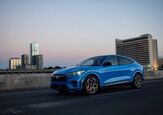
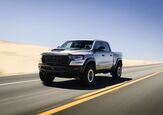
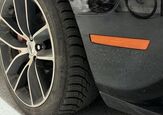
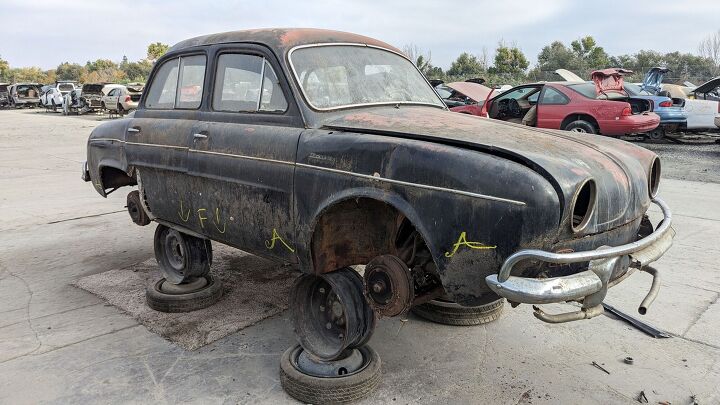
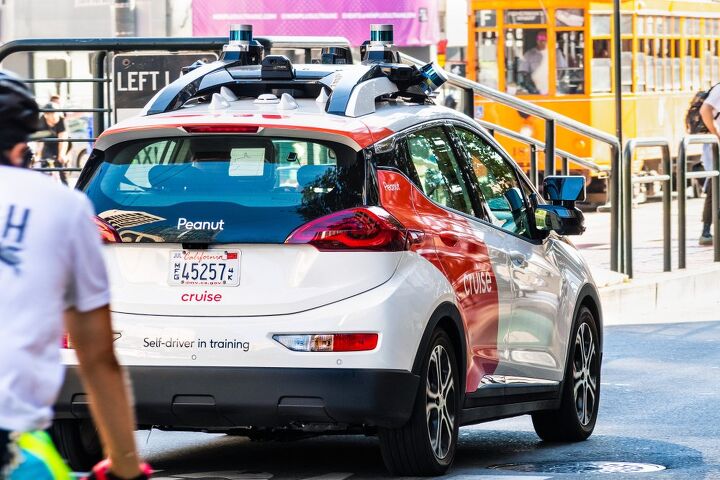
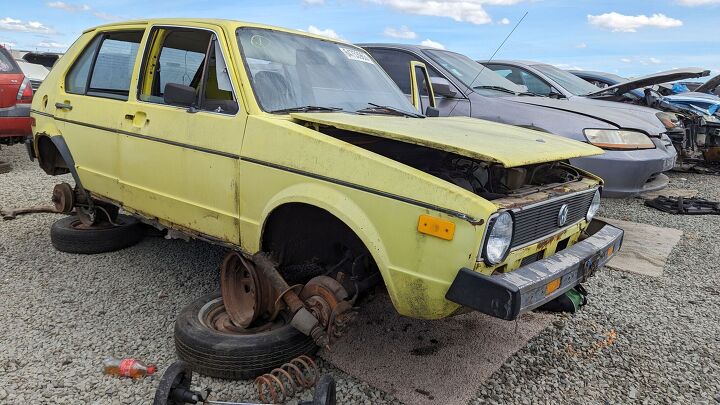
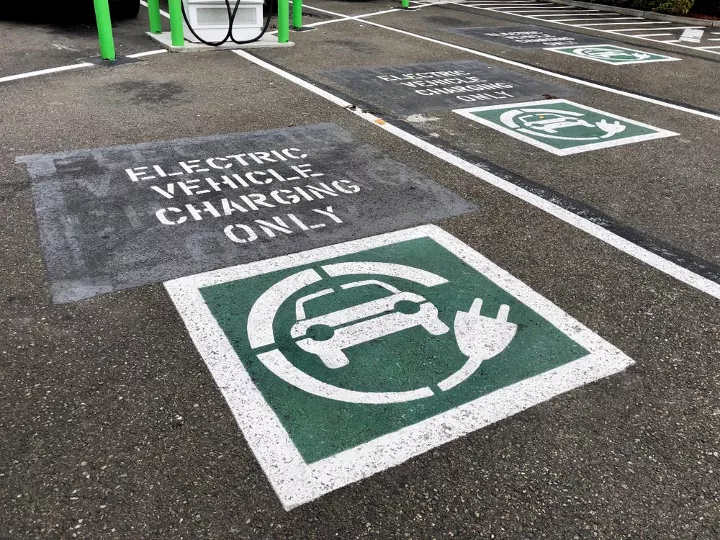
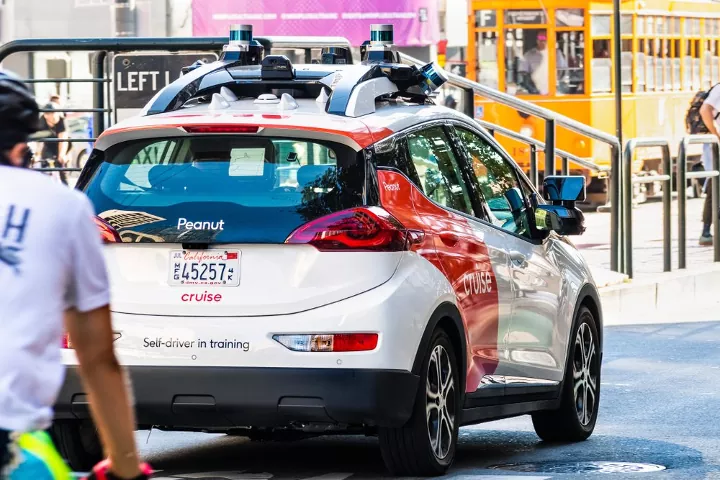


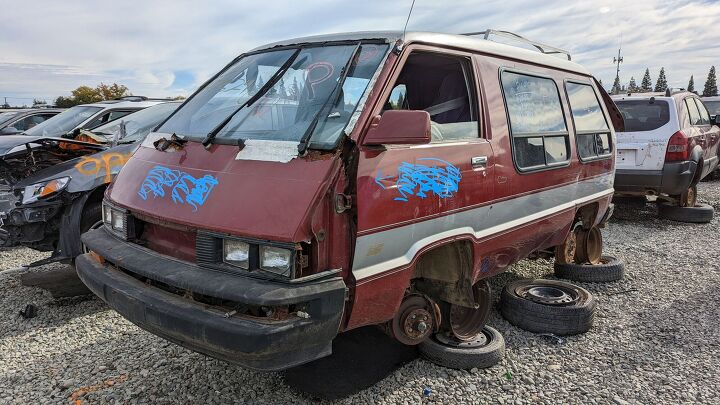

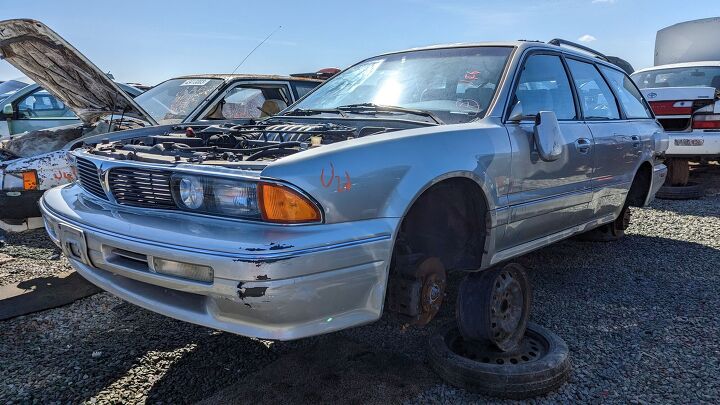

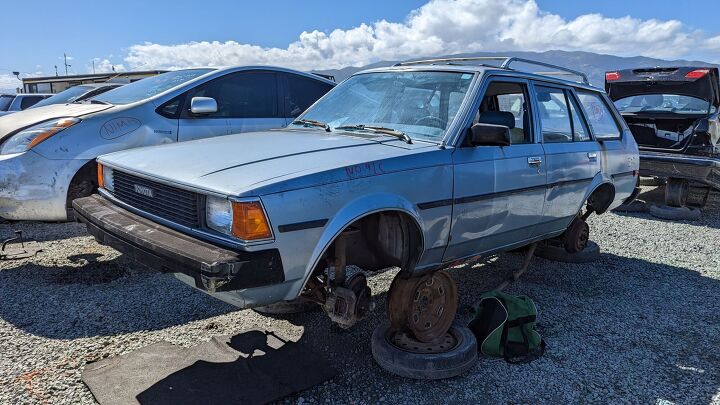
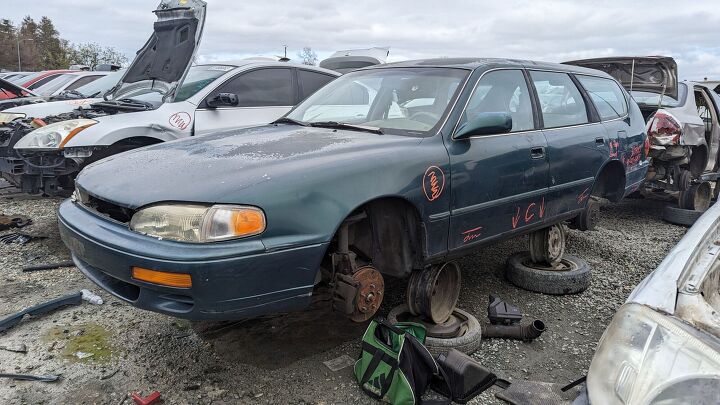
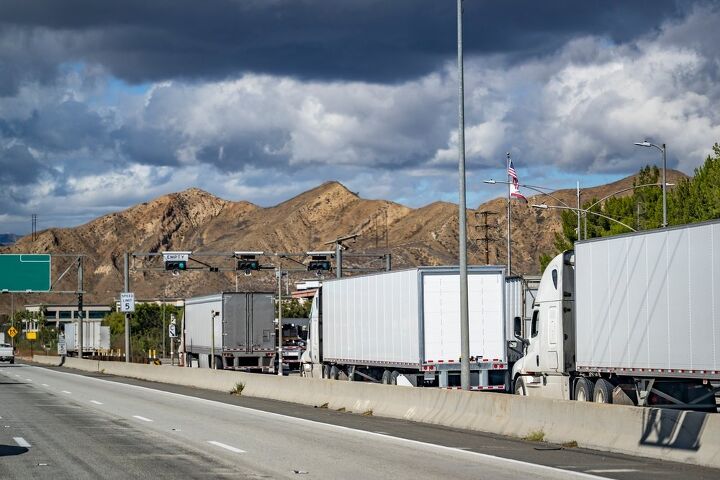
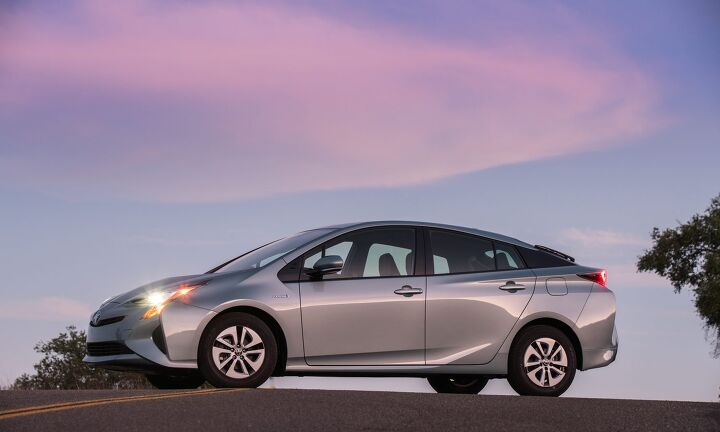












Recent Comments